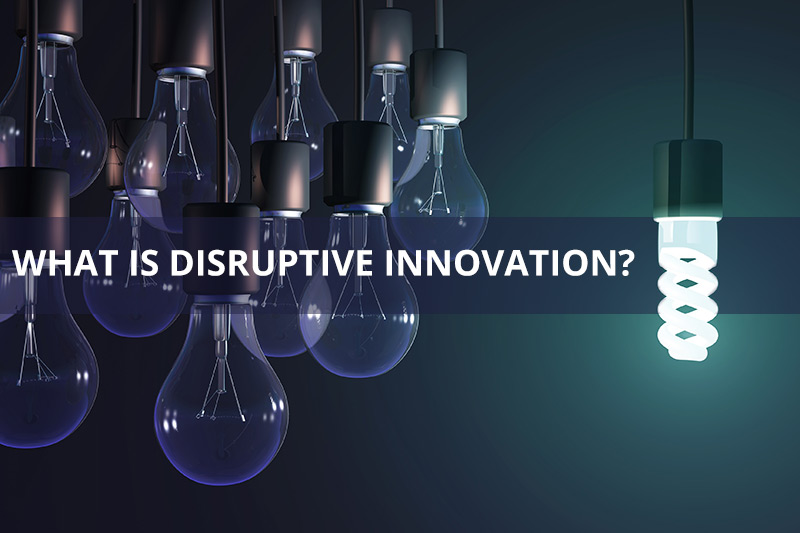
Leading companies now understand they must reach highly aware, technology savvy customers. Kotler, Kartajaya and Setiawan say that the ‘old rules’ of product-based and consumer-based marketing will fail to do this. Companies need instead, to focus on creating products, services and entire corporate cultures, which are customer value driven at a more multi-dimensional, fundamental level.
To give a general idea, the following are the main differences between the three concepts:
Marketing 1.0 – product-centric, or the marketing of the industrial age, when marketing was about selling factory outputs. Marketing was transaction orientated: how to make a sale.
Marketing 2.0 – consumer-based, where marketing is relationship orientated -how to keep customers coming back and buying more.
Marketing 3.0 – value driven marketing, the linkage of three building blocks
Continue reading →


